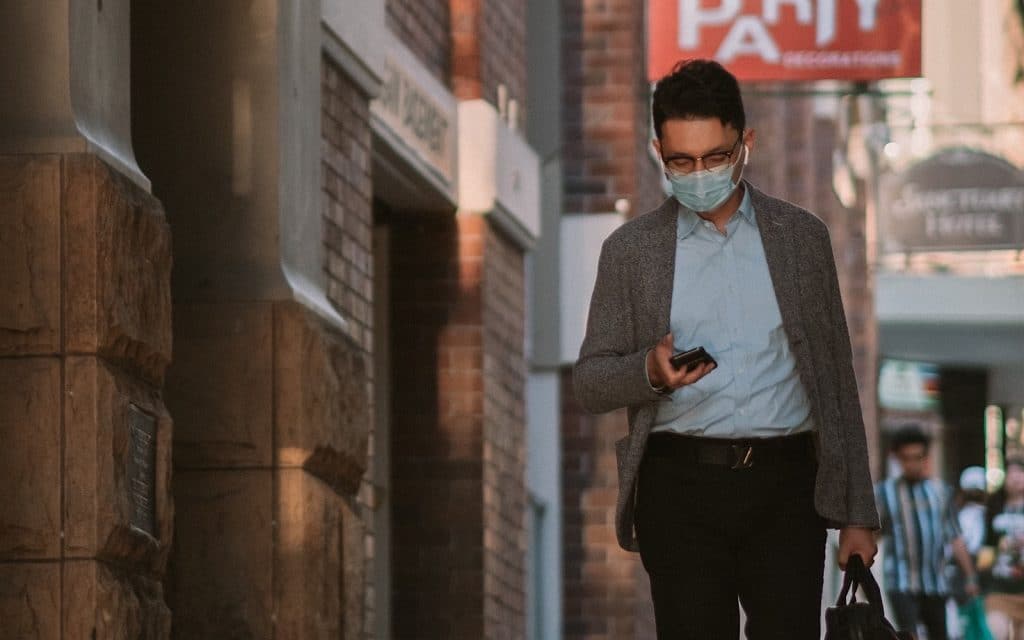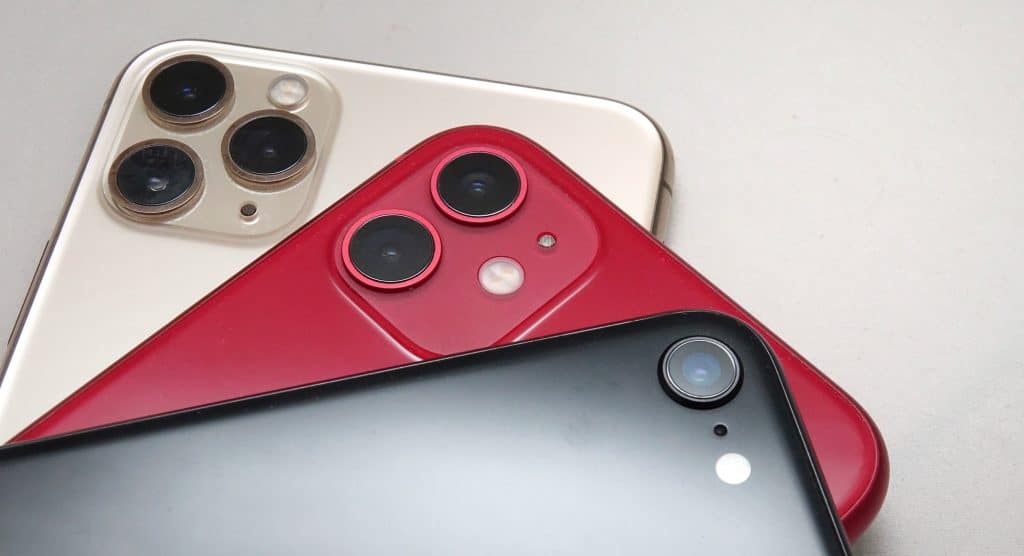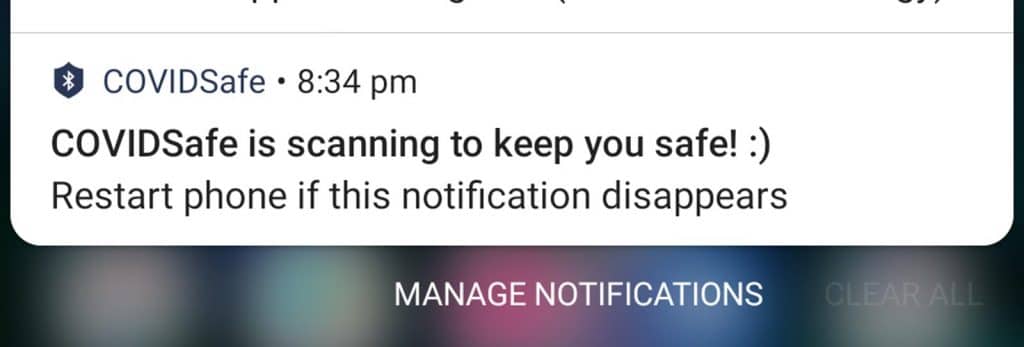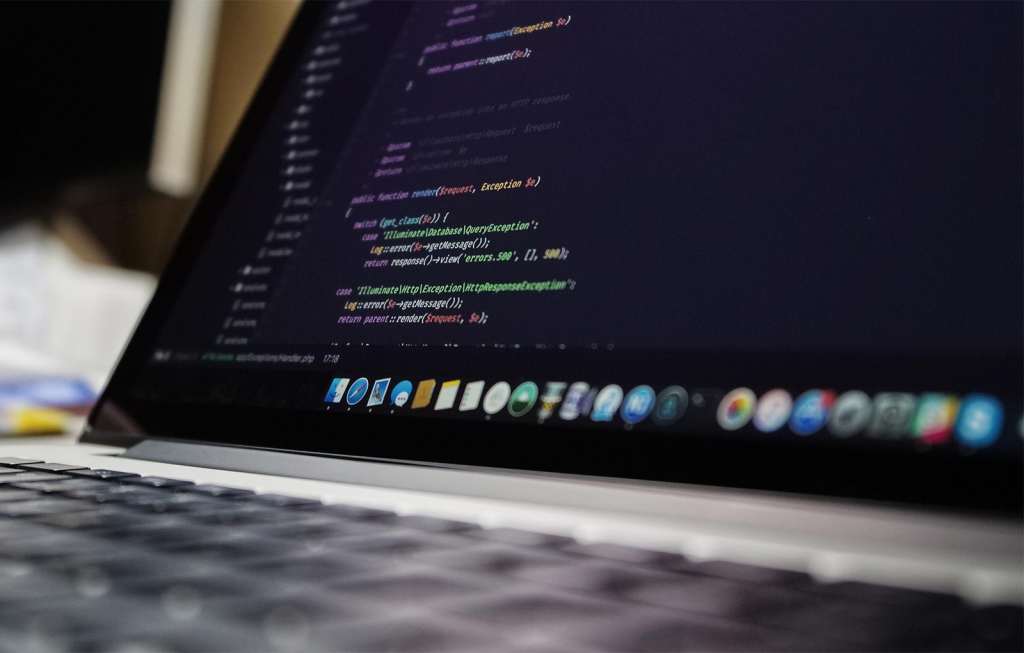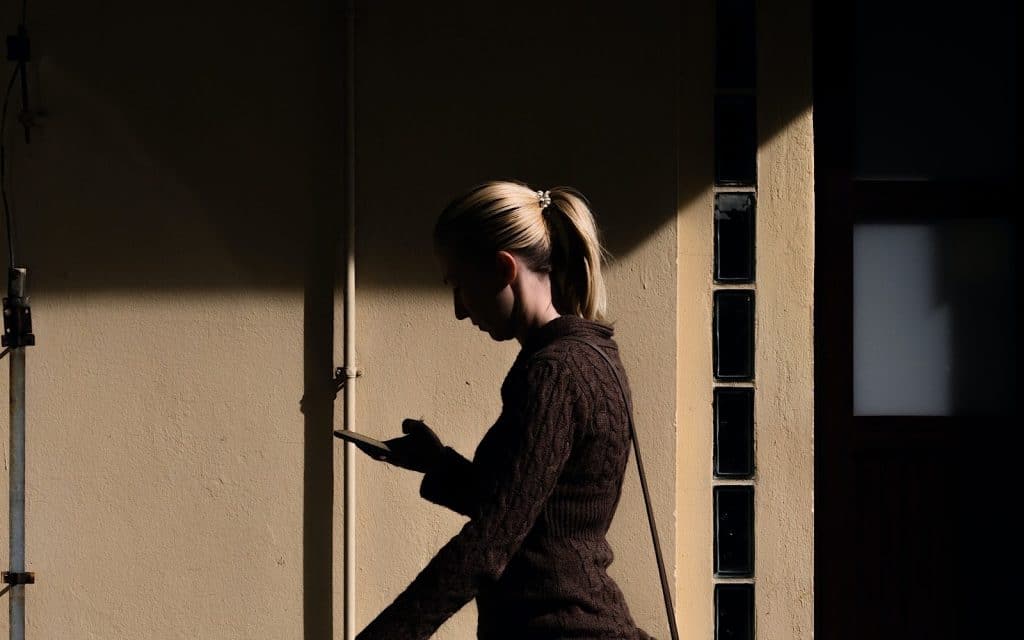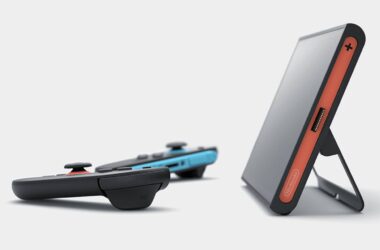Australia has an app that its government wants users to download, but will it work? Is COVIDSafe that knight in shining virus protective armour we need, or does it need work?
We all live on our phones, but lately it seems like we depend on our phones to live. That’s the feeling we have lately, anyway, as the government leans hard on its COVIDSafe app as a way to ensure Australians that the government is considering its health and safety amidst the COVID-19 coronavirus.
The concept is simple enough: download an app, and it will monitor your presence when you come into contact with people who potentially have the virus, providing a way to track contact that can lead to large scale infections. It’s not so much a COVID-19 detection app like a metal detector for people with the virus, as that’s impossible, but more a way for you to see if you’ve been in contact or near people who have had the virus so you can get yourself checked out.
You won’t find out immediately, mind you. If you have been in contact, incidental or otherwise, with someone who was infected, the idea is the app will trace when devices spoke to each other of someone who was found to be infected, and you will be informed when a person finds out if they have the virus.
It’s a concept the Scott Morrison-led Australian government is using as a means of determining when the self-isolation lockdown can end and restrictions eased, though it’s one that does come with its fair share of issues. Even though over five million app downloads have been registered, the jury may still be out on whether the app will indeed be effective at stemming and halting the spread, and preventing a second wave.
And that might come down from the many potential problems with the app. While it can be argued the an app is better than no app, it might be advisable for the government and Australians to consider the problems before thinking that an app download automatically equals salvation.
So let’s go through these, because aside for any trust issues you might have with a government, the app itself appears to have a few issues worth working through, like any good topic.
It doesn’t appear to work properly on every operating system
Easily one of the biggest and most obvious problems is how it runs across the smartphone landscape.
First of all, there are limitations to what it runs on, so if you have an older phone that you’ve never upgraded to, it might not work.
If you rely on a button-based phone, there’s almost no chance of it being on your phone at all, because COVIDSafe requires Android or iOS. Android has to be version 6 or above, while iOS needs iOS 10. That should make any phone found within the past five or six years fine, though folks still carrying an iPhone 4 or older won’t see support.
https://twitter.com/ScottRhodie/status/1257189418785374210
But if you still have a Windows Phone — which we certainly see in people’s hands in certain places — or you have an older Android, an older iPhone, or a device that doesn’t run any of these operating systems and is more a feature phone with buttons and a super long battery life, no app for you.
Phones with buttons typically seen in the hands of seniors may not qualify, and so users of these devices may struggle to work out what to do. The answer is if your phone’s operating system isn’t supported, you won’t be able to get the app. And if you’re on a theoretically supported phone that doesn’t have access to the Google Play Store — such as the recently released Huawei P40 Pro — you won’t be able to grab COVIDSafe easily at all.
COVIDSafe should, in theory, track most of the smartphone-holding population with Bluetooth pings to other devices and their proximity to other devices, that is until you start looking into the shortfalls of the app itself.
It doesn’t appear to work properly on one of Australia’s most used mobile platforms, iPhone’s iOS
Perhaps one of the most obvious shortfalls of the app is how it runs on one of the world’s most popular smartphones: iOS.
While COVIDSafe sits in the background of an Android phone, on iOS with an iPhone, it can’t do that for very long. Typically Apple will close the app because it’s being unused, so it doesn’t really run in the background.
This isn’t like how Spotify can sit in the background and still work. This is more like how when you leave an app and jump around others, you might have to reopen it instead of multitask back into that original app.
What it does mean is that functionality on COVIDSafe for the iPhone appears to be seriously problematic, and may not function the way it is supposed to. You’ll get a regular daily notification on the iPhone once you have installed it telling you to keep it running, but the app’s inability to run in the background is a sure fire way to confuse and frustrate from all of the notifications, something that is clearly not the fault of the iPhone user at all.
The government is asking everyone to download the COVIDSafe app and is using those download numbers to push to a relaxing of restrictions, but if the app doesn’t work properly on iPhones, app downloads mean very little in the long run.
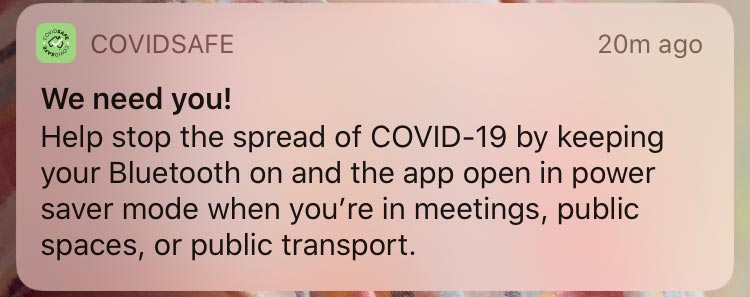
App downloads aren’t the same as app usage
App downloads don’t always relate to usage, either.
While the government appears to be talking up the number of downloads for COVIDSafe app, it doesn’t necessarily mean the app is in use by that many people. Many people have more than one phone, and you can bet Australia’s technology and journalist community are testing this on several devices to see what it does.
Even if you remove that number from the amount of app downloads, the lack of reliability on the iPhone means that while app downloads might be up, usage of that app might be very little for many who have downloaded the app.
They’ll keep getting notifications to run the app, but it’s not really their problem if the app doesn’t work properly, which itself is an issue as far as tracking the virus goes.
COVIDSafe only works with a 15 minute exposure period
Tracking how the virus transmits is pretty much the main reason why people will be using this app — when it does work — but there are limitations to the whole concept.
One of those is the qualification, apparently tracking within a 15 minute period of exposure. It means that the qualification for having been exposed to someone with COVID-19 appears to be situated around a logic of 15 minute intervals, which is a little crazy.
If someone sneezes or coughs near you and has the virus, the particles don’t suddenly wait fifteen minutes before making an impact; if you’re within reach of those droplets as it happens, you may be affected. That could happen simply walking by someone with the virus, and this app might not ever realise it.
It stands to reason the window of exposure for this app should probably be reduced, though it’s not the end of the problems with COVIDSafe’s coronavirus tracking.
COVIDSafe doesn’t track other exposure vectors
The problem goes beyond a 15 minute exposure window, or even if it were reduced, a ten or five or one minute exposure window, because there are other ways the COVIDSafe app misses out on vectors. Namely surfaces.
If someone with COVIDSafe contracts the virus simply by touching a surface that has been touched by someone with the virus, the app won’t account for that. There’s no surface tracking here, because that would be impossible.
The only way to really account for surfaces is to keep people locked down at home, you know that whole thing we’ve all been doing.
There’s no evidence it actually works
Connect this all with the problem of the app being so new, there’s no way to know whether it’s actually working, even after you get around the problem of the app struggling to work on some devices in the first place.
It’s a good thing that we have an app, no doubt, but app downloads aren’t necessarily a measure of success for an app. Confirmed evidence and results that show the app’s download results in lower numbers would get us there, and would mean we’re potentially easing restrictions on data, not on the suggestion of app downloads.
Scott Morrison launched the #COVIDSafe app on April 25, but 12 days later it's still not working to track possible coronavirus cases. pic.twitter.com/URqW2iiNS7
— Katy Gallagher (@SenKatyG) May 6, 2020
There’s still no source code
Confirming app success with evidence amidst self-isolation isn’t going to be admittedly easy, but affording developers the chance to see how the app works can help get us there. That’s something the government can do by releasing the source code, and allowing the greater development community to inspect what’s going on, and see if it works, and furthermore, if it can be improved.
It’s a problem that has been discussed at length with some of the nation’s best minds, and while the Australian government has said that it will release the COVIDSafe source code, it has yet to follow through. This raises the question as to whether the app we’re all being asked to download will hold up to scrutiny, beyond the magnifying glass the public is holding up to it right now.
The government doesn’t seem too friendly over people testing the security of the app
Releasing the source code would mean developers and testers could test the level of security the government is touting for its app, and could go a long way to improving and bolstering trust, but there’s a catch: the government has noted that anyone caught decrypting the data could be fined.
That’s an issue, not because hackers are looking for ways to break down where you are and who is infected, but because developers who specialise in the security of testing software are essentially being warned not to do this with the COVIDSafe app.
Increased scrutiny can lead to better apps and security overall, and when we’re talking about information and trust, security is a serious matter.
Officially, the COVIDSafe app is supposed to track small amounts of data based off Bluetooth positioning, and will alert you based off proximity to other recently diagnosed individuals when that information is found. But the security of said data will still hold value to users, and if there’s more potentially going on, you can bet developers keen to see that source code will want to confirm it for themselves without the risk of penalty, and without the risk of jail time.
People have to tell the app they’ve been infected
However harmless the data from the app may appear to be, one of the flaws in the process is from the side of the user: if someone is found to be infected with COVID-19 and uses the app, they’re supposed to check in with the app and upload that they’re infected.
But as far as we can tell, there’s no technical obligation for them to do so. In fact, COVIDSafe is voluntary to use as it is, so while you might use it, someone who may not believe they’re at risk, or take this whole thing as overblown and a joke, may in fact not use it, which would leave the app in a bit of a shortfall.
The logic here is that the government wants people to use it, and so therefore is advising people to download it.
Ignore the fact that the app has severe problems and probably won’t register the right information if any at all on devices like the iPhone, and of course won’t exist on every type of phone since it doesn’t work on every operating system, nor does it track every vector for infection.
If you ignore all of these things, you still have to get around the prerequisite of needing people to alert the government when it happens, which hopefully will inform you if you have been around them.
That’s the theory, anyway.
The government is suggesting increased downloads on an app will lead to loosening the lockdown
If COVIDSafe works, it should provide a way for people to be more aware of possible infections, and lead to increased testing, which is one way to help flatten the curve.
But app downloads on an app that has yet to be proven effective shouldn’t necessarily lead the argument for loosening those restrictions, for winding it back and getting things back to a sense of normality. Yet it seems to be leading that conversation, with the Prime Minister advising it as the way to ease restrictions.
Science and data are among the most important topics that should determine when we’re all able to get on with life as normal in an era when it is seemingly not life as normal, and not life as it ever has been.
This is effectively a standover threat. Download the app (before you've seen the source code we've promised to release within a fortnight) or you stay in lockdown.
I'm increasingly concerned by this tone taken by the government about #COVIDsafe. It's not the right way to do it. pic.twitter.com/IXyEVLDK20
— Now at @mpesce@arvr.social (@mpesce) May 1, 2020
The risk to all of this is that an app that has serious and notable flaws probably shouldn’t be the prerequisite for easing restrictions at a time when flattening the curve is beginning to make an impact. That risk is pretty clear: the more we relax around a virus the scientific community is beginning to make headway in understanding, the more we risk the curve going back up, and flattening to need to happen again.
It doesn’t mean we shouldn’t be making progress to dealing with the curve, and that we shouldn’t be planning for when this whole thing can be over, at least locally. But it does mean we should perhaps be more cautious, and should leverage data from the app once it has proven itself to be useful beyond a number of downloads, which is hardly a reliable metric for effectiveness. Furthermore, the government should allow the greater technological community of Australia to work with it in an approach to make its app more than a passing download that does nothing in the end. Once that happens, maybe the community will have more faith in a digital project meant to protect in the first place.



